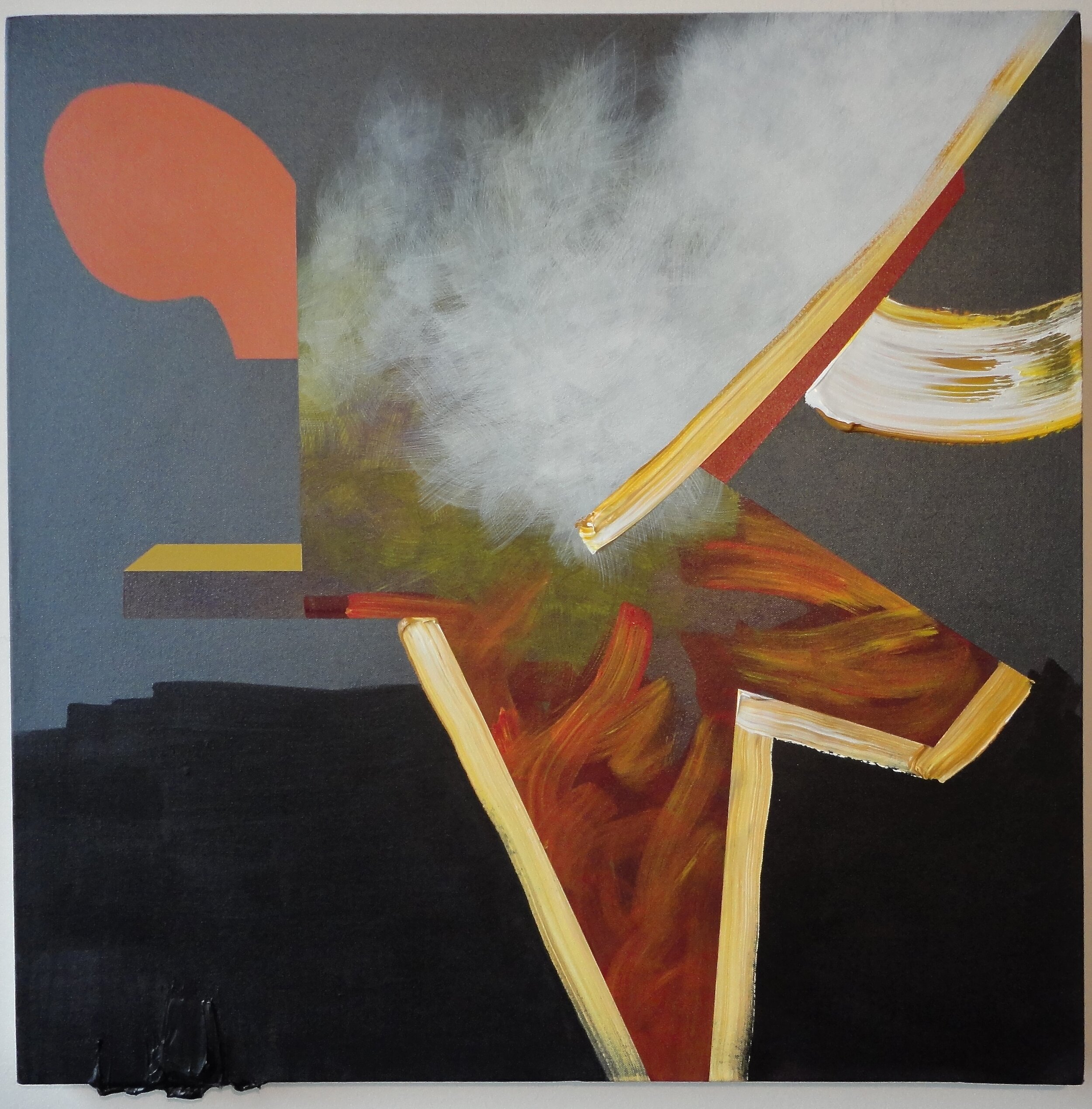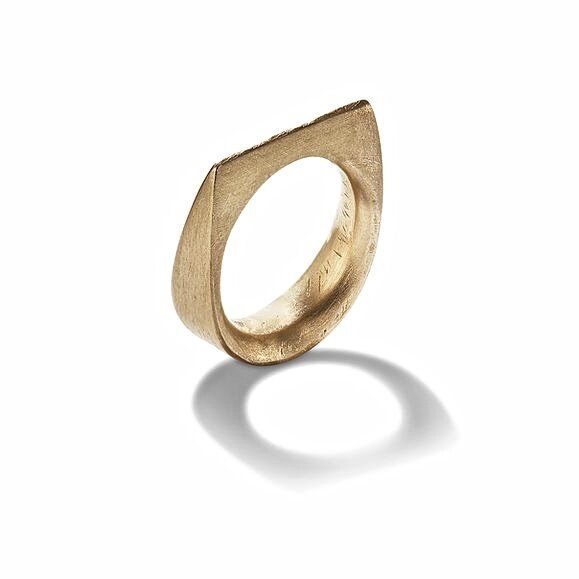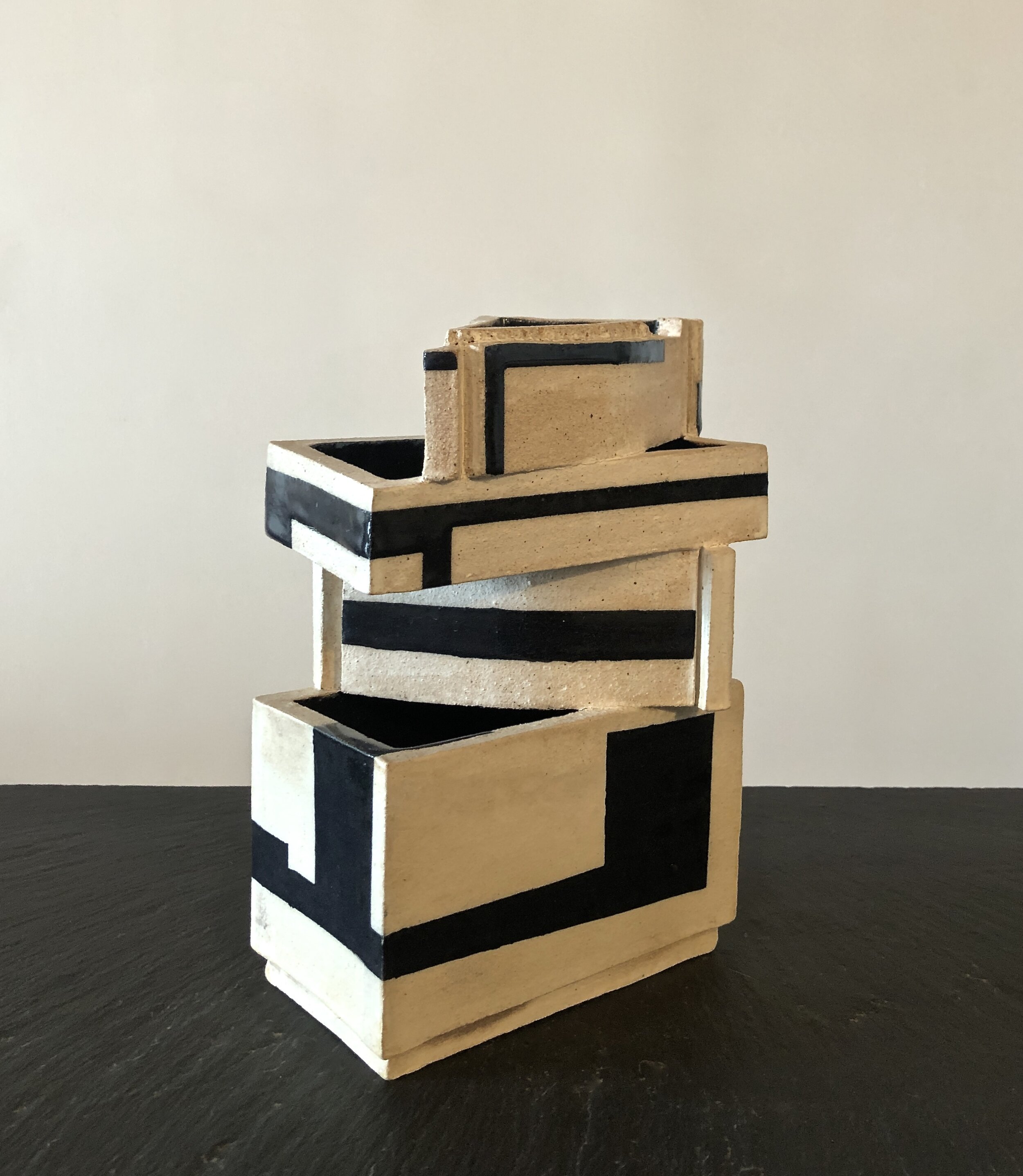“Our stories are our maps and memories, objects of adoration.”
How we live is the story we tell, what we collect, consume and offer up: love, empathy and its opposite. Tied to words, our stories are told through deeds done, life lived, beauty seen and loss expressed. Our stories are our maps and memories, objects of adoration. What our stories tell about us are penned through our mindset and stitched through the images we choose to see, what we build by way of the creative languages, by way of learning to see and learning itself. Our stories are ongoing slide shows, narrated by the voices in our heads and pieced by our actions in time, by the things we surround ourselves with and whom.
“To edit our stories is to be aware that we are the story teller and the cartographer, the possessor of the compass and the light.”
It is easy to see that we are the authors of our lives, but difficult to be the editors, choosing what we think, do, say and even savor. To edit our stories is to be aware that we are the story teller and the cartographer, the possessor of the compass and the light. Each of us are a noun using a verb to express the energy of emotion, trying to tie down who we think we are within our shells of bones and flesh, attempting to understand and control, as we write, edit and live our stories.
“We lose our storied identity when we allow our voice to be drowned out by the hive.”
In a world predicated on homogeny, it is easy to lose our voice in the stories we write and tell, opting for abbreviated versions that fit the narrative of sameness. We lose our storied identity when we allow our voice to be drowned out by the hive. Rather than choosing our words, our stories are ghost written by history and fear. To be one’s own author is to know who we are, see where we are and map the challenging terrain forward, writing chapters as markers of time.
“To be one’s own author is to know who we are, see where we are and map the challenging terrain forward, writing chapters as markers of time.”


































